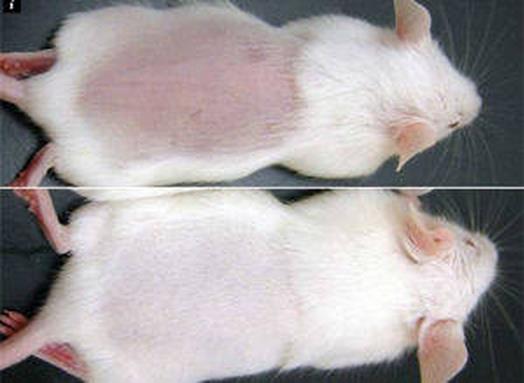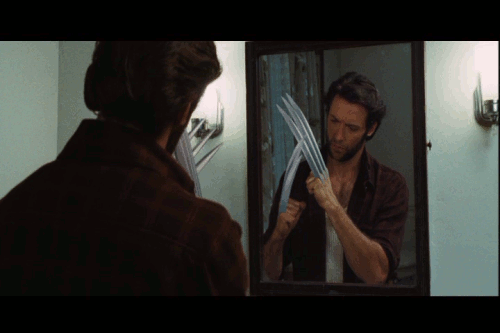Scientists Find The 'Wolverine' Healing Gene That Regrows Organs And Regenerates Limbs
Limb regeneration remains the stuff of science fiction for humans, but an accidental discovery provides a new window into what it would take for people to grow lost limbs with newtlike flair.
A Harvard Researcher Have Found The 'Wolverine' Healing Gene
In "The Uncanny X-Men", the mutant Wolverine’s healing factor enables him to swiftly recover from wounds and regenerate whole limbs. While this power is a staple of movies and comic books, reality hasn’t quite caught up yet.
However, thanks to the findings of one Harvard researcher and his team, science fiction may soon become science fact.
gmanetwork.comBasically, Researchers Have Found 'The Magical Code' That Could Enable US To Regrow Organs And Regenerate Limbs
During his research into cancer, George Daley of the Children’s Hospital in Boston and Harvard Medical School, had to experiment on genetically-engineered mice.
In order to properly identify his test creatures, Mr Daley had to bore holes in their ears. Frustratingly, these wounds healed quickly.
(Top: When gene is not activated. Bottom: Tissue regrowth shown when gene activated.)
Image via imgur.comMr Daley then tried something else: cutting off the tips of their toes. This time, the toes kept growing back – and all in a matter of a few days.
The Gene Is Called Lin28a
According to the “Scientific American” and Gizmodo, the gene responsible for this is Lin28a.
Lin28a is capable of rewinding the clock of animal cells. But this gene is only active in early life, becoming dormant when those cells reach maturity.
gmanetwork.comThe fountain-of-youth gene was shown to accelerate tissue repair in a variety of injury models.
Image via medicaldaily.comThe mice Daley was working on were genetically altered so that their Lin28a gene would not be deactivated after birth. Instead, it would continue to exert influence on the creature’s bodies.
The unintended effect was that it gave the mice enhanced healing and regenerative powers.
“We knew [Lin28a] could reprogram cells back to embryonic-like stem cells but we made this other discovery largely by accident,” said Daley.
Although, The Experiment Has It's Shortcomings. According To Scientific American:
The power of Lin28a appeared to only extend so far. When mice were no longer babies—at five weeks—the scientists were not able to regenerate their limbs, even if the gene was stimulated.
And mice with Lin28a activation were never able to repair damage to the heart, suggesting that the protein is not equally effective everywhere in the body.
So Lin28a Works, But Not Forever, And Not Everywhere
Now that scientists are aware that the body’s healing process can be manipulated by tweaking specific metabolic processes, they can start looking for these other genes.
gmanetwork.comWhile we’re still a long way off from reproducing Wolverine’s instantaneous healing abilities, the good news is that there are a multitude of other genes yet to be examined, genes that may also be involved in tissue regeneration.
It might be too early to say, but further research into Lin28a and similar genes could potentially yield impressive results that might eventually pave the way for faster healing.



